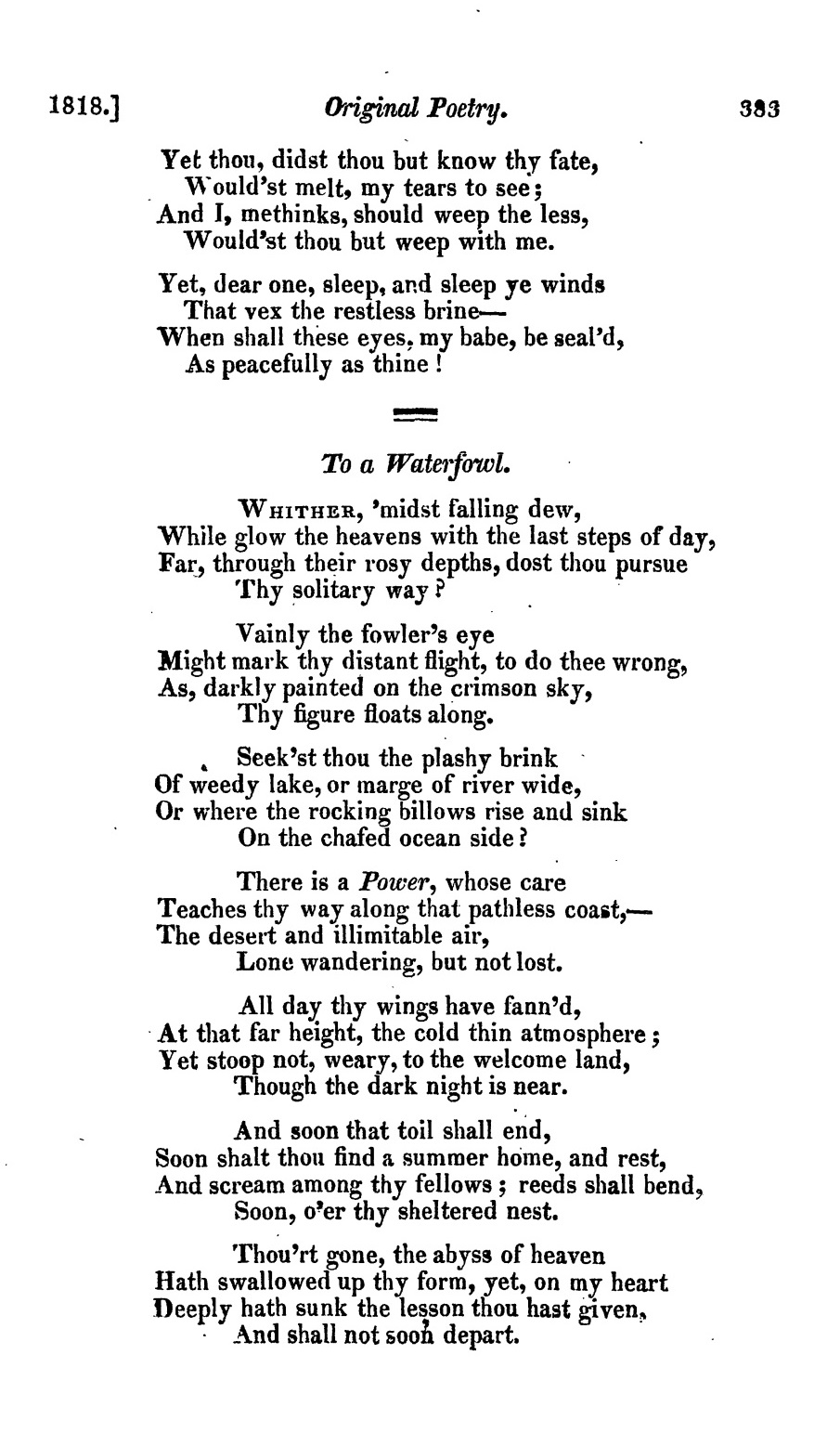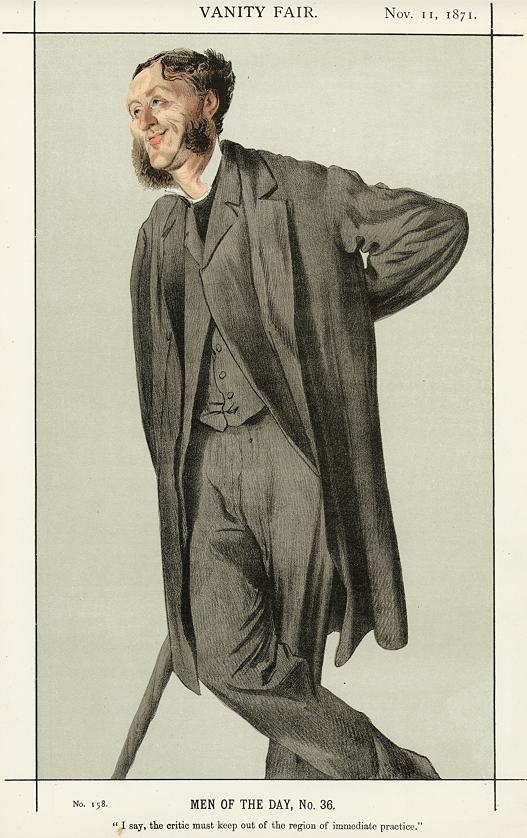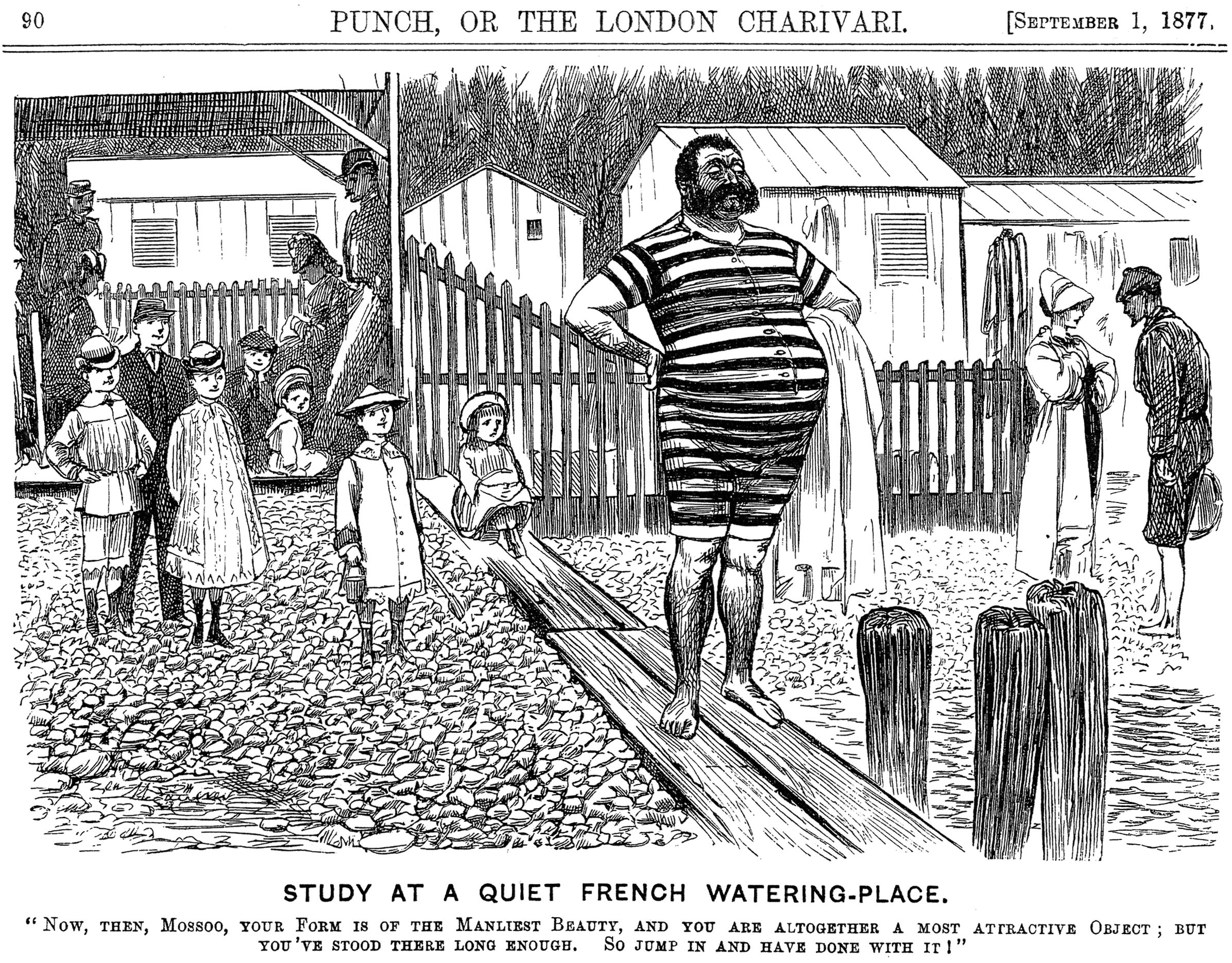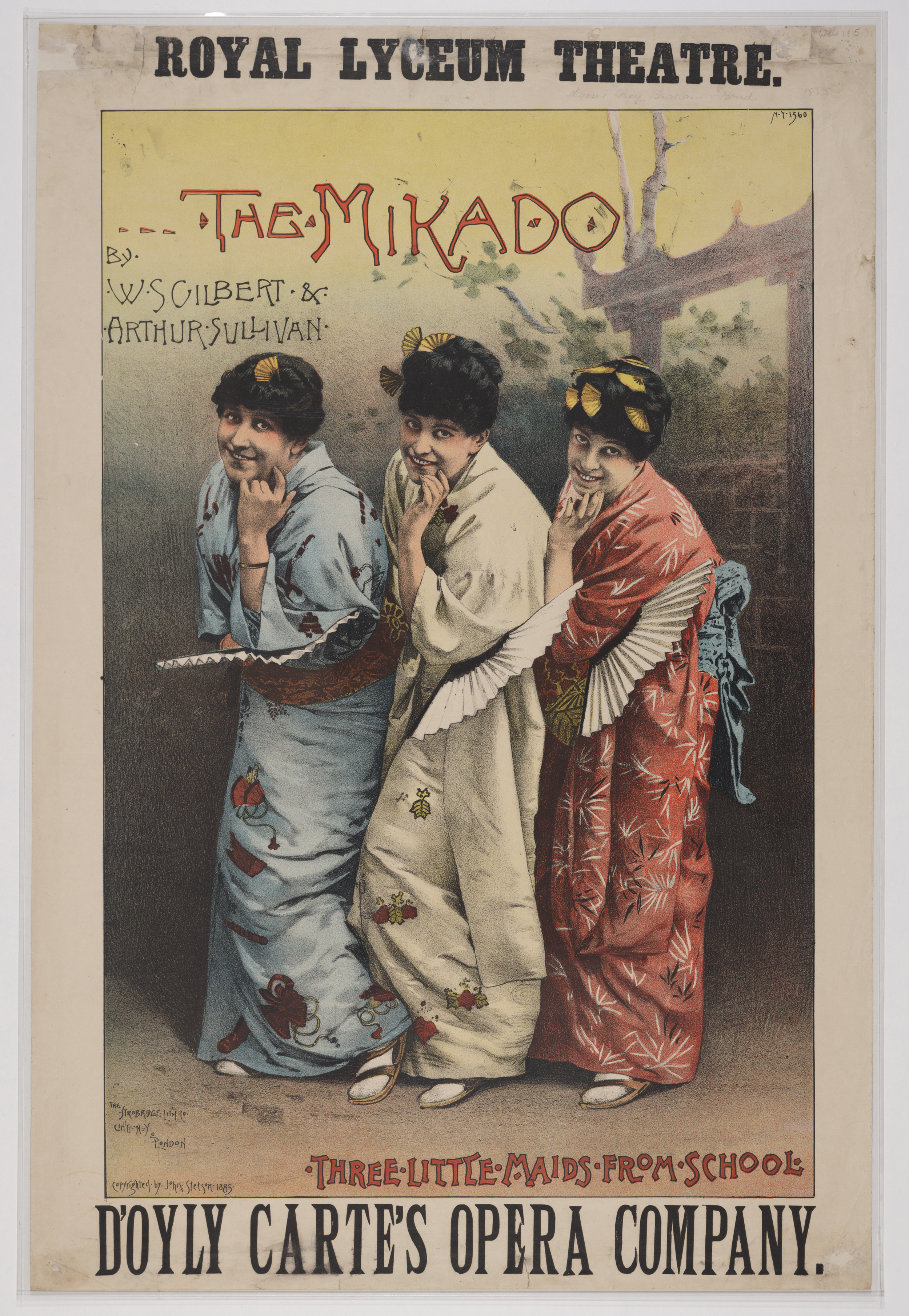|
To A Waterfowl
"To a Waterfowl" is a poem by American poet William Cullen Bryant, first published in 1818. Summary The narrator questions where the waterfowl is going and questions his motives for flying. He warns the waterfowl that he could possibly find danger, traveling alone. But this waterfowl is not alone; it is being led by some Power. As the waterfowl disappears out of the narrator's sight, the narrator reflects on God's guidance in his own life. The narrator is sure that God has led this waterfowl, and that the waterfowl had faith in the narrator. Now, the narrator's faith is strengthened. He knows that God is guiding him as well.Cummings, Michael J. "To a Waterfowl." Cummings Study Guides N.p., 2008. Web. 8 Feb. 2010. . As the narrator sees God directing the waterfowl, the narrator is reminded of God's guidance in his own life. Through his observance in nature, the narrator is reconnected with his faith in God. Composition and publication history Bryant wrote the poem in July 1815 ... [...More Info...] [...Related Items...] OR: [Wikipedia] [Google] [Baidu] |
William Cullen Bryant
William Cullen Bryant (November 3, 1794 – June 12, 1878) was an American romantic poet, journalist, and long-time editor of the ''New York Evening Post''. Born in Massachusetts, he started his career as a lawyer but showed an interest in poetry early in his life. He soon relocated to New York and took up work as an editor at various newspapers. He became one of the most significant poets in early literary America and has been grouped among the fireside poets for his accessible, popular poetry. Biography Youth and education Bryant was born on November 3, 1794, in a log cabin near Cummington, Massachusetts; the home of his birth is today marked with a plaque. He was the second son of Peter Bryant (b. Aug. 12, 1767, d. Mar. 20, 1820), a doctor and later a state legislator, and Sarah Snell (b. Dec. 4, 1768, d. May 6, 1847). The genealogy of his mother traces back to passengers on the ''Mayflower'': John Alden (b. 1599, d. 1687), his wife Priscilla Mullins and her parents William an ... [...More Info...] [...Related Items...] OR: [Wikipedia] [Google] [Baidu] |
Cummington, Massachusetts
Cummington is a town in Hampshire County, Massachusetts, United States. The population was 829 at the 2020 census, down from 872 at the 2010 census. It is part of the Springfield, Massachusetts Metropolitan Statistical Area. History Cummington was first settled in 1762 and was officially incorporated in 1779. It was named after Colonel John Cumings, the original landholder. The first Congregational Church minister was Rev. James Briggs (1743–1825) of Norton, Massachusetts, and a graduate of Yale College around 1775. Briggs was the son of Deacon James and Damaris (White) Briggs, and the husband of Anna Wiswall. Although a small town, several Revolutionary War patriots are buried there, including Nathaniel Holbrook, Seth Wilder Sr., and Seth Wilder Jr. Noted poet and newspaper editor William Cullen Bryant was born in Cummington, and returned for many years to summer in the town. His house is now preserved and open to the public as the William Cullen Bryant Homestead. The to ... [...More Info...] [...Related Items...] OR: [Wikipedia] [Google] [Baidu] |
Plainfield, Massachusetts
Plainfield is a town on the northwestern edge of Hampshire County, Massachusetts, United States, about 25 miles east of Pittsfield and 30 miles northwest of Northampton. The population was 633 at the 2020 census. It is part of the Springfield, Massachusetts Metropolitan Statistical Area. History Plainfield was first settled in 1770, primarily by settlers from the town of Bridgewater, and was officially incorporated as a district within the Town of Cummington in 1785, and as a town on June 15, 1807. Plainfield is the youngest town in Hampshire County. In the 1800s, Plainfield was a thriving agricultural community, primarily producing sheep and leather for tanning. With the widespread adoption of the steamship, and the resultant globalization in the 1870s, the expense of importing both mutton and leather from Australia and New Zealand was greatly reduced. Consequently, the agricultural industries in Plainfield became less profitable, and the population declined substantia ... [...More Info...] [...Related Items...] OR: [Wikipedia] [Google] [Baidu] |
North American Review
The ''North American Review'' (NAR) was the first literary magazine in the United States. It was founded in Boston in 1815 by journalist Nathan Hale and others. It was published continuously until 1940, after which it was inactive until revived at Cornell College in Iowa under Robert Dana in 1964. Since 1968, the University of Northern Iowa in Cedar Falls has been home to the publication. Nineteenth-century archives are freely available via Cornell University's Making of America. History ''NAR's'' first editor, William Tudor, and other founders had been members of Boston's Anthology Club, and launched ''North American Review'' to foster a genuine American culture. In its first few years NAR published poetry, fiction, and miscellaneous essays on a bimonthly schedule, but in 1820, it became a quarterly, with more focused contents intent on improving society and on elevating culture. ''NAR'' promoted the improvement of public education and administration, with reforms in secondary ... [...More Info...] [...Related Items...] OR: [Wikipedia] [Google] [Baidu] |
Matthew Arnold
Matthew Arnold (24 December 1822 – 15 April 1888) was an English poet and cultural critic who worked as an inspector of schools. He was the son of Thomas Arnold, the celebrated headmaster of Rugby School, and brother to both Tom Arnold, literary professor, and William Delafield Arnold, novelist and colonial administrator. Matthew Arnold has been characterised as a sage writer, a type of writer who chastises and instructs the reader on contemporary social issues. He was also an inspector of schools for thirty-five years, and supported the concept of state-regulated secondary education. Early years He was the eldest son of Thomas Arnold and his wife Mary Penrose Arnold (1791–1873), born on 24 December 1822 at Laleham-on-Thames, Middlesex. John Keble stood as godfather to Matthew. In 1828, Thomas Arnold was appointed Headmaster of Rugby School, where the family took up residence, that year. From 1831, Arnold was tutored by his clerical uncle, John Buckland, in Laleham. In ... [...More Info...] [...Related Items...] OR: [Wikipedia] [Google] [Baidu] |
Richard Wilbur
Richard Purdy Wilbur (March 1, 1921 – October 14, 2017) was an American poet and literary translator. One of the foremost poets of his generation, Wilbur's work, composed primarily in traditional forms, was marked by its wit, charm, and gentlemanly elegance. He was appointed the second Poet Laureate Consultant in Poetry to the Library of Congress in 1987 and received the Pulitzer Prize for Poetry twice, in 1957 and 1989. Early years Wilbur was born in New York City on March 1, 1921, and grew up in North Caldwell, New Jersey. In 1938 he graduated from Montclair High School, where he worked on the school newspaper. He graduated from Amherst College in 1942 and served in the United States Army from 1943 to 1945 during World War II. He attended graduate school at Harvard University. Wilbur taught at Wellesley College, then Wesleyan University for two decades and at Smith College for another decade. At Wesleyan he was instrumental in founding the award-winning poetry series of the ... [...More Info...] [...Related Items...] OR: [Wikipedia] [Google] [Baidu] |
George Du Maurier
George Louis Palmella Busson du Maurier (6 March 1834 – 8 October 1896) was a Franco-British cartoonist and writer known for work in ''Punch'' and a Gothic novel ''Trilby'', featuring the character Svengali. His son was the actor Sir Gerald du Maurier. The writers Angela du Maurier and Dame Daphne du Maurier and the artist Jeanne du Maurier were all granddaughters of George. He was also father of Sylvia Llewelyn Davies and grandfather of the five boys who inspired J. M. Barrie's ''Peter Pan''. Early life George du Maurier was born in Paris, France, son of Louis-Mathurin Busson du Maurier and wife Ellen Clarke, daughter of the Regency courtesan Mary Anne Clarke. He was brought up to believe his aristocratic grandparents had fled from France during the Revolution, leaving vast estates behind, to live in England as émigrés. In fact, du Maurier's grandfather, Robert-Mathurin Busson, was a tradesman who left Paris, France, in 1789 to avoid charges of fraud and later changed th ... [...More Info...] [...Related Items...] OR: [Wikipedia] [Google] [Baidu] |
Romanticism
Romanticism (also known as the Romantic movement or Romantic era) was an artistic, literary, musical, and intellectual movement that originated in Europe towards the end of the 18th century, and in most areas was at its peak in the approximate period from 1800 to 1850. Romanticism was characterized by its emphasis on emotion and individualism, clandestine literature, paganism, idealization of nature, suspicion of science and industrialization, and glorification of the past with a strong preference for the medieval rather than the classical. It was partly a reaction to the Industrial Revolution, the social and political norms of the Age of Enlightenment, and the scientific rationalization of nature. It was embodied most strongly in the visual arts, music, and literature, but had a major impact on historiography, education, chess, social sciences, and the natural sciences. It had a significant and complex effect on politics, with romantic thinkers influencing conservatism, libe ... [...More Info...] [...Related Items...] OR: [Wikipedia] [Google] [Baidu] |
Alliteration
Alliteration is the conspicuous repetition of initial consonant sounds of nearby words in a phrase, often used as a literary device. A familiar example is "Peter Piper picked a peck of pickled peppers". Alliteration is used poetically in various languages around the world, including Arabic, Irish, German, Mongolian, Hungarian, American Sign Language, Somali, Finnish, Icelandic. Historical use The word ''alliteration'' comes from the Latin word ''littera'', meaning "letter of the alphabet". It was first coined in a Latin dialogue by the Italian humanist Giovanni Pontano in the 15th century. Alliteration is used in the alliterative verse of Old English, Old Norse, Old High German, Old Saxon, and Old Irish. It was an important ingredient of the Sanskrit shlokas. Alliteration was used in Old English given names. This is evidenced by the unbroken series of 9th century kings of Wessex named Æthelwulf, Æthelbald, Æthelberht, and Æthelred. These were followed in the 10th ... [...More Info...] [...Related Items...] OR: [Wikipedia] [Google] [Baidu] |
Metaphor
A metaphor is a figure of speech that, for rhetorical effect, directly refers to one thing by mentioning another. It may provide (or obscure) clarity or identify hidden similarities between two different ideas. Metaphors are often compared with other types of figurative language, such as antithesis, hyperbole, metonymy, and simile. One of the most commonly cited examples of a metaphor in English literature comes from the "All the world's a stage" monologue from '' As You Like It'': All the world's a stage, And all the men and women merely players; They have their exits and their entrances And one man in his time plays many parts, His Acts being seven ages. At first, the infant... :—William Shakespeare, '' As You Like It'', 2/7 This quotation expresses a metaphor because the world is not literally a stage, and most humans are not literally actors and actresses playing roles. By asserting that the world is a stage, Shakespeare uses points of comparison between the world an ... [...More Info...] [...Related Items...] OR: [Wikipedia] [Google] [Baidu] |
Anaphora (rhetoric)
In rhetoric, an anaphora (, "carrying back") is a rhetorical device that consists of repeating a sequence of words at the beginnings of neighboring clauses, thereby lending them emphasis. In contrast, an epistrophe (or epiphora) is repeating words at the clauses' ends. The combination of anaphora and epistrophe results in symploce. Functions Other than the function of emphasizing ideas, the use of anaphora as a rhetorical device adds rhythm to a word as well as making it more pleasurable to read and easier to remember. Anaphora is repetition at the beginning of a sentence to create emphasis. Anaphora serves the purpose of delivering an artistic effect to a passage. It is also used to appeal to the emotions of the audience in order to persuade, inspire, motivate and encourage them. In Dr. Martin Luther King Jr.'s famous "I Have a Dream" speech, he uses anaphora by repeating "I have a dream" eight times throughout the speech. Usage Today, anaphora is seen in many different c ... [...More Info...] [...Related Items...] OR: [Wikipedia] [Google] [Baidu] |







